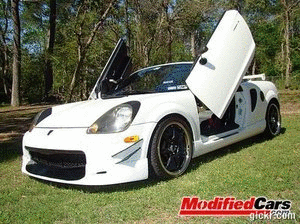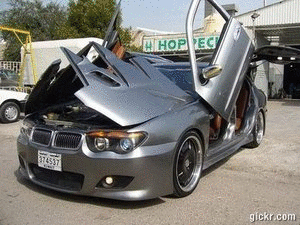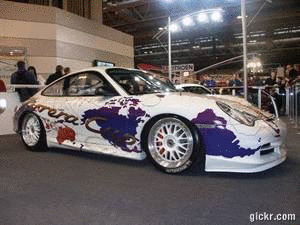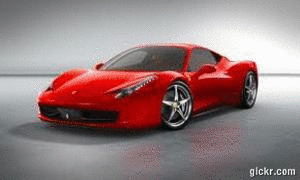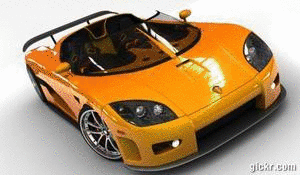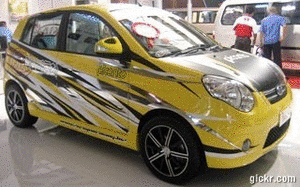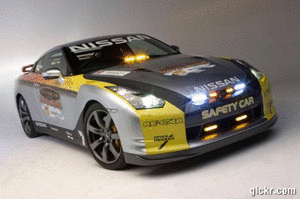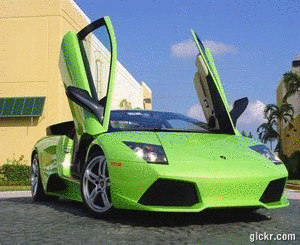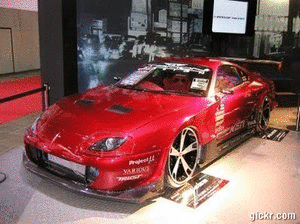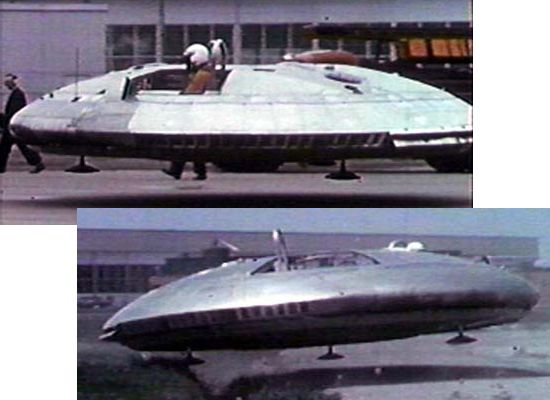 A prototype flying disk, which ascended vertically and, it was hoped, would eventually reach speeds of 1,500 mph. American engineers tinkered with the sleek design for years but were to solve severe stability problems, and it never flew more than 2.5 meters above the ground.
A prototype flying disk, which ascended vertically and, it was hoped, would eventually reach speeds of 1,500 mph. American engineers tinkered with the sleek design for years but were to solve severe stability problems, and it never flew more than 2.5 meters above the ground.In 1952, Avro Canada began to study designs for a supersonic circular wing fighter-bomber using $400,000 in funding from the Canadian government with allocated. After the funding ran out the Canadian government abandoned the project, but enough progress had been made to spark the interest of the US government. In July 1954, the first of two US Air Force contracts totaling $1.9 million was awarded to Avro for further study.
Avro itself invested in $2.5 million and completed design studies and small-scale tests on a vehicle designated the P.V. 704 (US designation, System 606A). The 606A design was almost 30 ft. in diameter with a maximum weight of 27,000 lb. and a design speed over 1,000 mph.
The US Army became interested in the project in 1958, feeling that the circular wing could fit in with its plans for a "flying jeep." The Air Force agreed to redirect its effort as this could demonstrate the design features of the 606A concept in less time at a must lower price. The resulting craft was named Avrocar and given the Army designation VZ-9AV (VZ for vertical takeoff research aircraft, 9 as it was the ninth in a series and AV for Avro).
The Avrocar was a saucer-shaped disk 18 ft in diameter and 3 ft thick, it was designed to go 300 mph and able to fly to an altitude of 10,000 ft. It weighed 5,650 lb. and had separate cockpits for two crew members.
Three Continental J-69 turbojet engines powered a centrally located fan with a diameter of 5 feet. Two prototypes rolled out of the factory in May and August 1959. The first Avrocar (58-7055) was sent to NASA Ames, Moffett Field, California. It first flew there on May 17, 1961 and was also used for wind-tunnel testing.
The second Avrocar made its first tethered flight, lasting 12 seconds, on Sep. 29, 1959, and its first untethered flight occurred on Nov. 12, 1959. Formal Air Force flight evaluations took place at Avro in April 1960 and June 1961. These demonstrated a maximum speed was 35 mph, while the research at NASA showed that the Avrocar was aerodynamically unstable.
The program was terminated in December 1961 after a total of $10 million had been spent. At Avro (UK) project 724 never proceeded beyond the designs stage in June 1953. The two prototypes reside today at the US Army Transportation Museum and at the Smithsonian NASM Garber site.

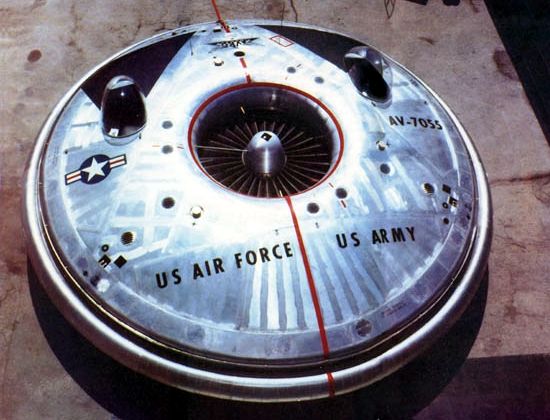
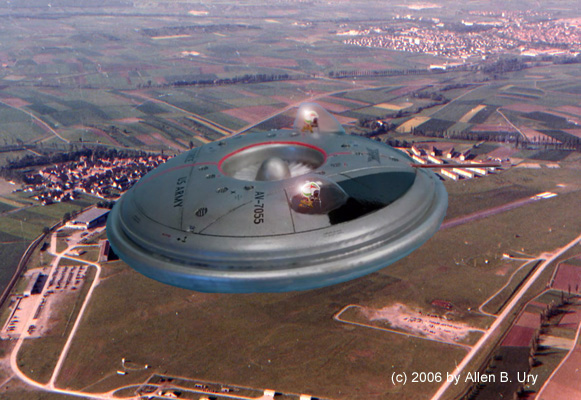



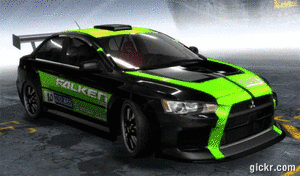
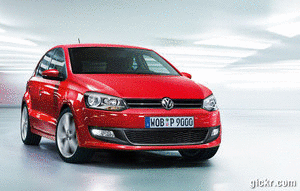

 The KNIGHT-XV is an armoured vehicle and not a vehicle that has been armored. This means that unlike most vehicles that are armoured after-market, the KNIGHT XV is manufactured using military-grade armouring materials.
The KNIGHT-XV is an armoured vehicle and not a vehicle that has been armored. This means that unlike most vehicles that are armoured after-market, the KNIGHT XV is manufactured using military-grade armouring materials. Japan's current account surplus widened more than expected in January as exports surged, stoking growth in the world's second-largest economy.
Japan's current account surplus widened more than expected in January as exports surged, stoking growth in the world's second-largest economy.








 The Honourable Peter Gordon MacKay, Minister of National Defence and Minister of the Atlantic Gateway, together with the Honourable Josée Verner, Minister of Intergovernmental Affairs, today announced the contract award for the Canadian Forces’ new medium-sized logistic trucks.
The Honourable Peter Gordon MacKay, Minister of National Defence and Minister of the Atlantic Gateway, together with the Honourable Josée Verner, Minister of Intergovernmental Affairs, today announced the contract award for the Canadian Forces’ new medium-sized logistic trucks.  China's first Hummer is now available for semi-private use, which is for companies and government agencies in businesses as forest control, mining, geology and more of the rough stuff. Hubei TV, a local station from Hubei Province, found another good use for
China's first Hummer is now available for semi-private use, which is for companies and government agencies in businesses as forest control, mining, geology and more of the rough stuff. Hubei TV, a local station from Hubei Province, found another good use for 

 Iranian university students at Qazvin's Azad University -- northwest of Tehran -- have designed and produced a new two-seat electric car.
Iranian university students at Qazvin's Azad University -- northwest of Tehran -- have designed and produced a new two-seat electric car. China's third-largest carmaker Dong Feng Motor is to invest $250 million in a planned Turkish plant with an annual capacity of 52,000 units, Turkey's government investment agency said on Wednesday.
China's third-largest carmaker Dong Feng Motor is to invest $250 million in a planned Turkish plant with an annual capacity of 52,000 units, Turkey's government investment agency said on Wednesday.





 Lama sebelum lahirnya mobil nasional baru seperti Gea, Arina, Tawon maupun Komodo, Indonesia sebenarnya sudah memiliki ambisi besar untuk membuat sebuah mobil nasional.
Lama sebelum lahirnya mobil nasional baru seperti Gea, Arina, Tawon maupun Komodo, Indonesia sebenarnya sudah memiliki ambisi besar untuk membuat sebuah mobil nasional. Several local firms will conduct tests on Indonesian-brand vehicles before launching the models to tap the country’s car market, which is dominated by Japanese firms.
Several local firms will conduct tests on Indonesian-brand vehicles before launching the models to tap the country’s car market, which is dominated by Japanese firms. Manufacturers of three new national car prototypes might need a combined investment of US$100 million to launch assembly plants to mass produce three future brands — namely the Tawon, Gea and Arina, the Industry Ministry has forecast.
Manufacturers of three new national car prototypes might need a combined investment of US$100 million to launch assembly plants to mass produce three future brands — namely the Tawon, Gea and Arina, the Industry Ministry has forecast. Lelehan keringat sudah sampai di dagu Burhanuddin. Namun siswa kelas XI Jurusan Otomotif, Sekolah Menengah Kejuruan (SMK) Negeri 1 Cibinong, Jawa Barat, itu seolah tak menghiraukan.
Lelehan keringat sudah sampai di dagu Burhanuddin. Namun siswa kelas XI Jurusan Otomotif, Sekolah Menengah Kejuruan (SMK) Negeri 1 Cibinong, Jawa Barat, itu seolah tak menghiraukan.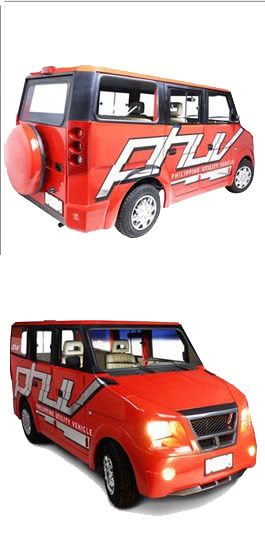 Asli
Asli  [Sayang.. sekali Pak polisi ini tak sedikitpun tertarik memesan Mobnas]]
[Sayang.. sekali Pak polisi ini tak sedikitpun tertarik memesan Mobnas]]
 Suara Dr. Joko Sutrisno, Direktur Pembinaan SMK, Departemen Pendidikan Nasional (Depdiknas) terdengar berapi-api. Dalam tuturannya yang runut, Joko berharap, tahun mendatang lulusan Sekolah Menengah Kejuaran (SMK) , bisa menjadi motor penggerak industri dalam negeri. “Kita harus bisa di industri otomotif juga. Makanya, kami menyiapkan sejumlah program untuk membuat mobil nasional. SMK bisa kok!” ujarnya saat ditemui di kantornya, awal Juni lalu.
Suara Dr. Joko Sutrisno, Direktur Pembinaan SMK, Departemen Pendidikan Nasional (Depdiknas) terdengar berapi-api. Dalam tuturannya yang runut, Joko berharap, tahun mendatang lulusan Sekolah Menengah Kejuaran (SMK) , bisa menjadi motor penggerak industri dalam negeri. “Kita harus bisa di industri otomotif juga. Makanya, kami menyiapkan sejumlah program untuk membuat mobil nasional. SMK bisa kok!” ujarnya saat ditemui di kantornya, awal Juni lalu. The first Iranian two-seat plug-in car will be unveiled today.
The first Iranian two-seat plug-in car will be unveiled today.